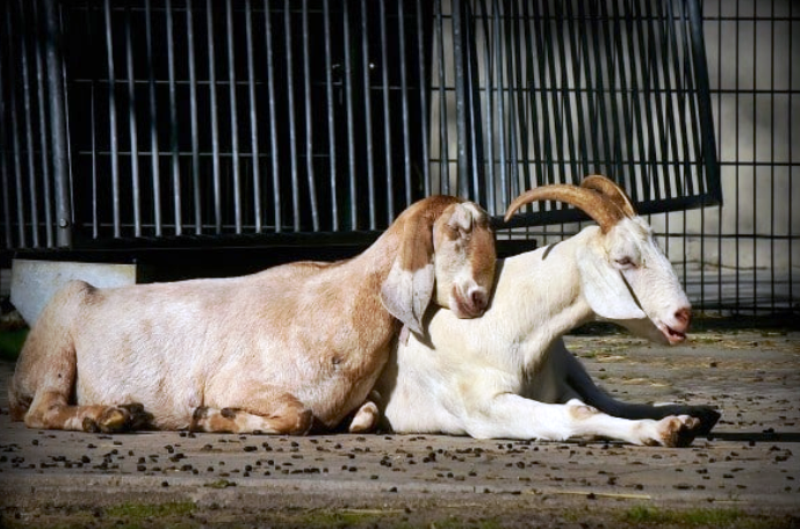
Goats are one of the most common meat sources in India. In fact, goat meat is one of the most popular meats in the United States, with high domestic demand. Goat rearing in intensive and semi-intensive systems for commercial production has been gaining traction in recent years due to its favorable economic prospects.
Huge demand for goat & their products with the potential of good economic returns has been attracting many progressive farmers as well as youths to take up goat enterprise on a commercial scale.
As a goat is a small animal, you don’t have to spend much for it care and management. Even during the drought, its food can be easily arranged. The biggest advantage of goat rearing is that the market is locally available for this. In rural areas, the goat also known as the poor man’s cow has always been recognized as a safe source of livelihood.
Crossbreed goats
-
The result of crossbreed goat rearing is quite encouraging hence goatery has been subsidiary family income for the landless poor women of Deogarh district
-
Crossbreed goats are less likely to get diseases & their meat is delicious
-
Crossbreed goat weighs 25kg in just 6 months
The modern way of goat farming
Smt. SulochanaKisan, a young tribal woman entrepreneur of Kenduchapal village in Deogarh district has been raising four goats (2 male and 2 female) of local breed. Despite giving maximum time to goat rearing, they were not able to get enough income from them. The main problems they were facing were high cost and high goat death.
Then she came in contact with 'Krishi Vigyan Kendra', Deogarh during a training program at village Kenduchhapal of Tileibani block. She told them about her problem.
The scientists of 'Krishi Vigyan Kendra' visited their farm and gave technical guidelines on health management and advised Sulochana to raise goats of the advanced breed. Under the technical guidance of 'Krishi Vigyan Kendra and local veterinarians, they started goat farming in a scientific way.
She took a loan of Rs 2.5 lakh under SJGSY and started rearing goats of advanced breeds like Sirohi and Black Bengal.
KVK, Deogarh gave regular training & also organized FLD on improved goat rearing practices such as de-worming, vaccination, feed management, supplementation of minerals and vitamins with help from the State Veterinary Department.
Together with these practices, crossbreeding was also done with Boer buck with an idea to obtain more money. Timely de-worming, vaccination & routine checkups reduced the mortality & morbidity rate thus increasing the growth & bodyweight of the goats.
How Income from goat farming increased
At present, she sells the castrated goat at the cost of Rs.6000 while uncastrated at Rs. 2500. Sulochana sells the female for Rs.3500. In addition, her net annual income is around Rs.50000, whereas the cost of rearing the goats is just Rs. 10,000.
Sulochana has become a well-known commercial goat farmer in the district. She has developed and strengthened linkages with the small & traditional goat farmers of the region for taking up breed improvement & organized marketing. Her success story encouraged other landless women of the village & they also joined the same venture for their sustainability.
(Source: KVK, Deogarh)











